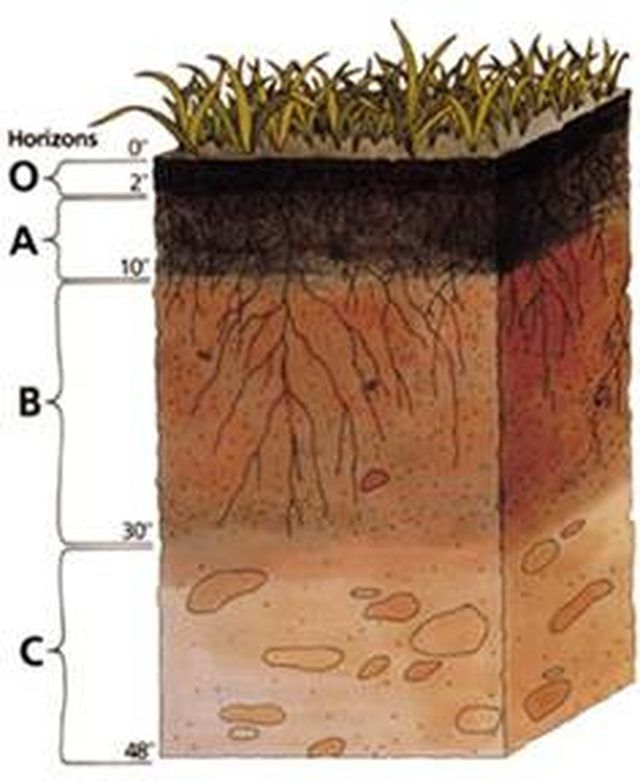Bulbs
Flower Basics
Flower Beds & Specialty Gardens
Flower Garden
Garden Furniture
Garden Gnomes
Garden Seeds
Garden Sheds
Garden Statues
Garden Tools & Supplies
Gardening Basics
Green & Organic
Groundcovers & Vines
Growing Annuals
Growing Basil
Growing Beans
Growing Berries
Growing Blueberries
Growing Cactus
Growing Corn
Growing Cotton
Growing Edibles
Growing Flowers
Growing Garlic
Growing Grapes
Growing Grass
Growing Herbs
Growing Jasmine
Growing Mint
Growing Mushrooms
Orchids
Growing Peanuts
Growing Perennials
Growing Plants
Growing Rosemary
Growing Roses
Growing Strawberries
Growing Sunflowers
Growing Thyme
Growing Tomatoes
Growing Tulips
Growing Vegetables
Herb Basics
Herb Garden
Indoor Growing
Landscaping Basics
Landscaping Patios
Landscaping Plants
Landscaping Shrubs
Landscaping Trees
Landscaping Walks & Pathways
Lawn Basics
Lawn Maintenance
Lawn Mowers
Lawn Ornaments
Lawn Planting
Lawn Tools
Outdoor Growing
Overall Landscape Planning
Pests, Weeds & Problems
Plant Basics
Rock Garden
Rose Garden
Shrubs
Soil
Specialty Gardens
Trees
Vegetable Garden
Yard Maintenance
How to Buy Topsoil
How to Buy Topsoil. Topsoil is the first few inches of rich soil that is used to plant landscapes and gardens. It covers fill soil, called sub-soil, with fewer good attributes for plant growth. Good topsoil has a high and balanced content of nutrients, decaying organic matter, microorganisms that support plant growth and retains moisture. You can...

Topsoil is the first few inches of rich soil that is used to plant landscapes and gardens. It covers fill soil, called sub-soil, with fewer good attributes for plant growth. Good topsoil has a high and balanced content of nutrients, decaying organic matter, microorganisms that support plant growth and retains moisture. You can create healthy topsoil over time by adding all of these elements individually and in balance. Or you can buy premixed topsoil by the bag or by the cubic yard delivered by a truck to improve soil conditions for immediate planting.
Things You'll Need
Measuring tape
Pencil and paper
Calculator
Measure the area requiring topsoil. Run your measuring tape along the length and width of the area and write down the measurements. Multiply the width by the length to get the square footage. Note how many inches of top soil depth you need or want--usually between a few inches for lawns, 8 to 10 inches for fine garden beds, and the entire depth of containers.
Convert your square footage and depth measurements to cubic yards when working with large amounts of topsoil. You can estimate smaller areas and containers and figure out how many 20-pound bags to buy. Use an online conversion calculator, enter the measurements you've written down and the desired soil depth to calculate the cubic yards. For instance, an area that is 20 feet wide and 15 feet deep with 6 inches of topsoil will require 5.56 cubic yards of top soil.
Order the needed cubic yards of top soil from a reputable garden center, landscaping firm or home improvement retailer for delivery to your property when someone will be present.
If a truck cannot access the area where you need the top soil, it can be dumped in a pile on the driveway or side yard and hauled to where you need it by wheelbarrow. Save yourself some backbreaking work and get it as close as possible to where you want it.